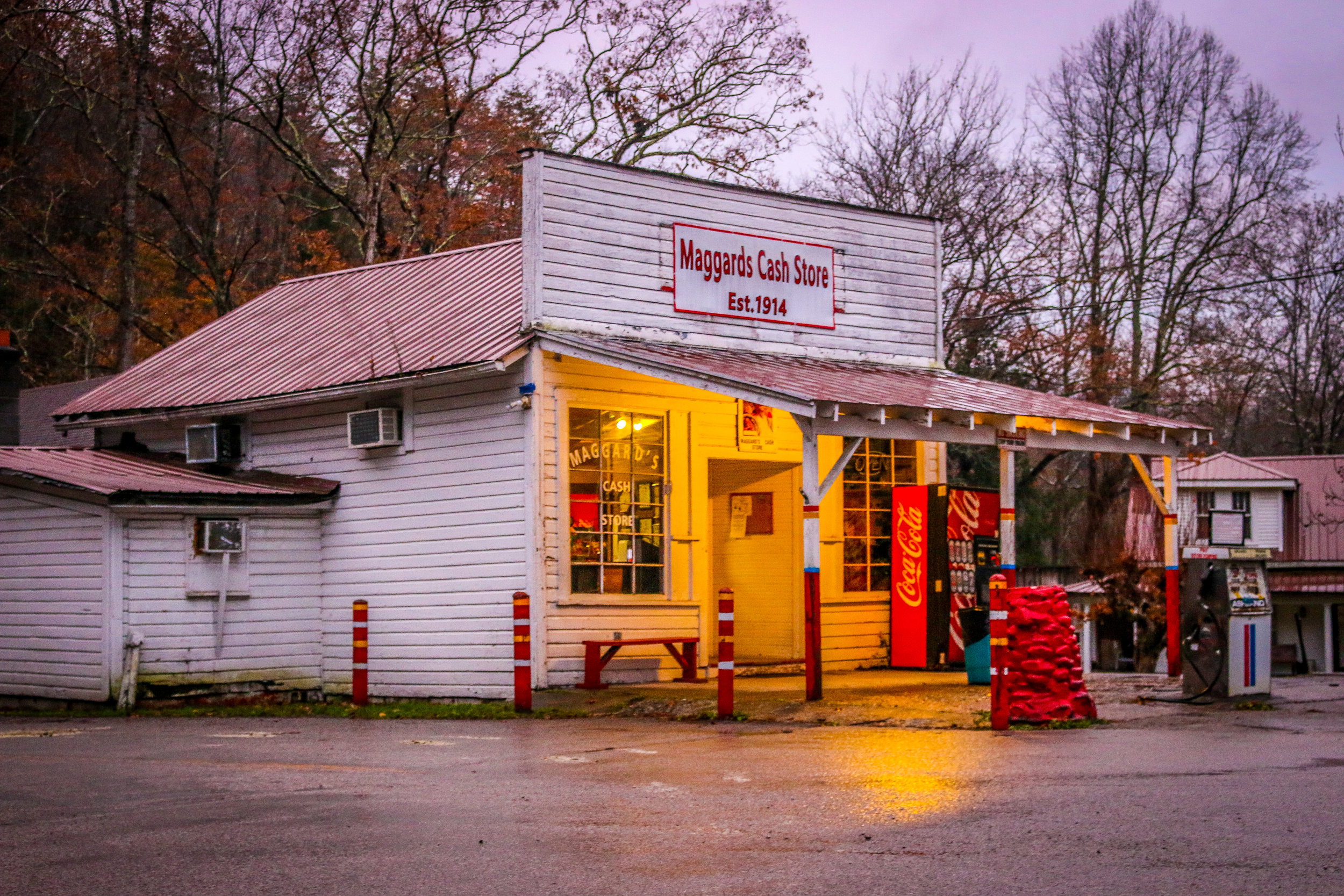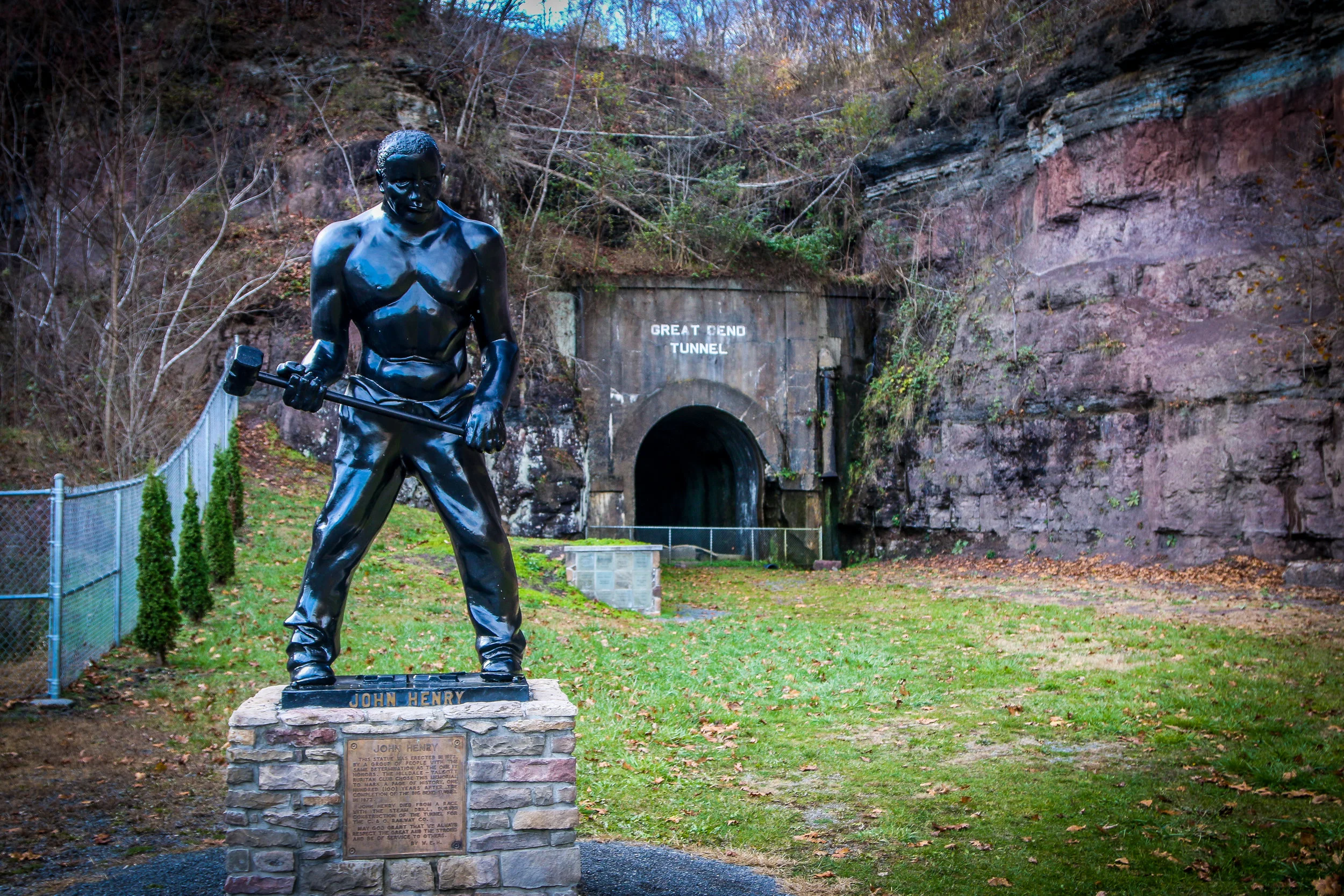I’ve spent a decent amount of time in Coal Country in the last year and it is an area of the country that fascinates me. This region of Appalachia that stretches from far southeast Ohio down to the Carolinas and the very far north of Georgia is full of rich history and tradition. The mountains are majestic and the woods are full of game and recreation opportunities. Families that live there have often been there for generations and the whole area can sometimes seem frozen in time. Unfortunately, times are often tough in Appalachia. Poverty is rampant, which is doubly sad because poverty was usually what drove these families there to begin with. The opioid epidemic is taking a huge toll on the area, although the problem started when miners with genuine chronic pain got hooked on prescription pain pills. The years have taken their toll on buildings and houses and many are slowly dilapidating into the ground giving many areas a “ghost town” like feel, but if you look closely you can see that this wasn’t always the case. There was a time that these buildings were brand new and that these communities were thriving. As the coal seams have dried up and mining has become more mechanized, there hasn’t been much industry to take its place. Many people have just picked up and moved away while others are fighting to stay. These areas are remote and hard to get to, despite the transportation links which once brought millions of tons of coal to market. Many of these communities across the region are aging and struggling and some have all but given up the ghost. In Kentucky’s Coal Country though, there are rays of light as these communities are trying to rediscover themselves and reinvent themselves and move boldly towards the future. While I have loved visiting communities across the region, it is those in southeast Kentucky which seem to be pushing the hardest for new ideas and change. While this entire region is deeply religious and many communities have just leaned back and put their faith in God, Kentucky’s towns seem to know that God helps those who help themselves. I was impressed with a lot of the efforts I saw in my time there and wanted to share some of those today.
Viewing entries tagged
coal
It’s been another great week out here on the road, despite Mother Nature trying her best to put a damper on things. The weather has been getting significantly colder, and we’ve gotten quite a bit of rain. Winter weather advisories are starting to kick in which is definitely my sign that it’s time to turn my headlights south for the winter. It was great to be around friends and family for much of the last week, as it was a much needed recharge on my spirit batteries. My last week in Kentucky will be my last week in Kentucky for the moment. I spent most of it in the lovely Kentucky State Parks, and then wound down through Appalachia and Coal Country to the Cumberland Gap where I find it fitting that I will leave Kentucky the way early explorers first entered the area.. Despite the weather closing in, it really has been a wonderful week.
My week started where my last week ended, in Charleston, West Virginia at my dad’s place. It was nice to be off the road for a few days, clean up and fix a few things, get some work done and just spend some time with my family. The weather wasn’t great, but we did get out for dinner one night at a place called Bricks and Barrels. It was amazing and nice to go for a great meal with my dad.
The southeastern corner of Athens County, Ohio sits right across the Ohio River from West Virginia, making it a perfect transition as I begin my month-long exploration of the Buckeye State. While the city of Athens is home to Ohio University and exhibits all of the best qualities of a quintessential college town, you don’t have to drive far before it becomes clear you are definitely still in Appalachia. As I drove the back roads and explored the history and culture of the area, I found it both new and familiar at the same time. The history of Athens County is fascinating, and in this post I’d like to tell you all about it through six stops I made as I visited the region.
If you've ever heard a joke about West Virginia, West Virginians tell the same jokes about people from McDowell County. McDowell County is the poorest county in West Virginia, with a median household income below $22,500, and has the lowest life expectancy in the country for men and the second lowest for women. Opioid abuse is off the charts. This is that Appalachia.
The night before I went into McDowell County I was sitting at a bar in Bluefield in neighboring Mercer County. The gentleman I was speaking with told me they had three rules when they went into McDowell County: have a full tank of gas, make sure your car door locks worked, and bring a gun. He made very clear that he wasn't kidding...
John Henry is a popular American folk hero. His story has been told in print, story and song for almost 150 years. His is a classic tale of man vs. machine which is as valid today as ever, especially here in West Virginia.
Whether or not John Henry was a real person has been debated for over a century, but there is no doubt if you ask people in Talcott. West Virginia. Talcott is the town that sits on top of the Big Bend Tunnel, cut for the Chesapeake and Ohio Railroad between 1870 and 1872 and the site where the story of John Henry supposedly took place. They have built a beautiful park with a statue to this hero of the working man and local history includes many people who claim to have known John Henry and witnessed his famous competition.






